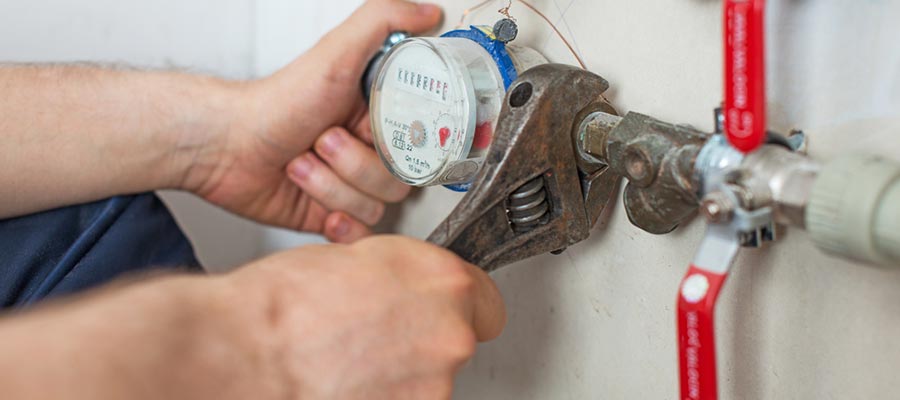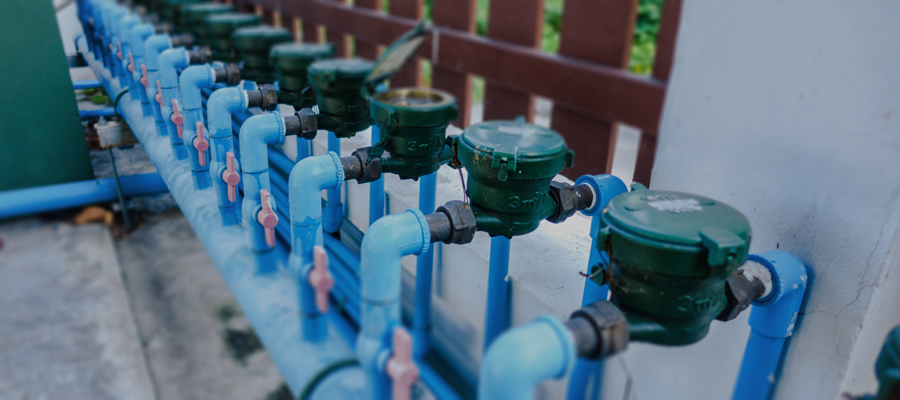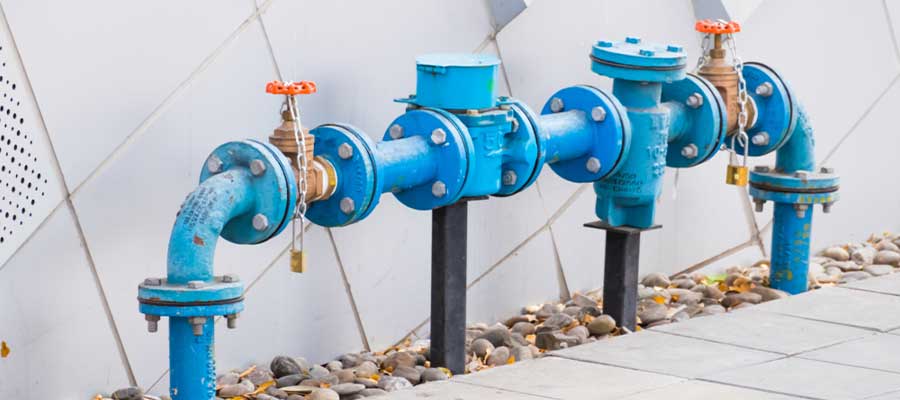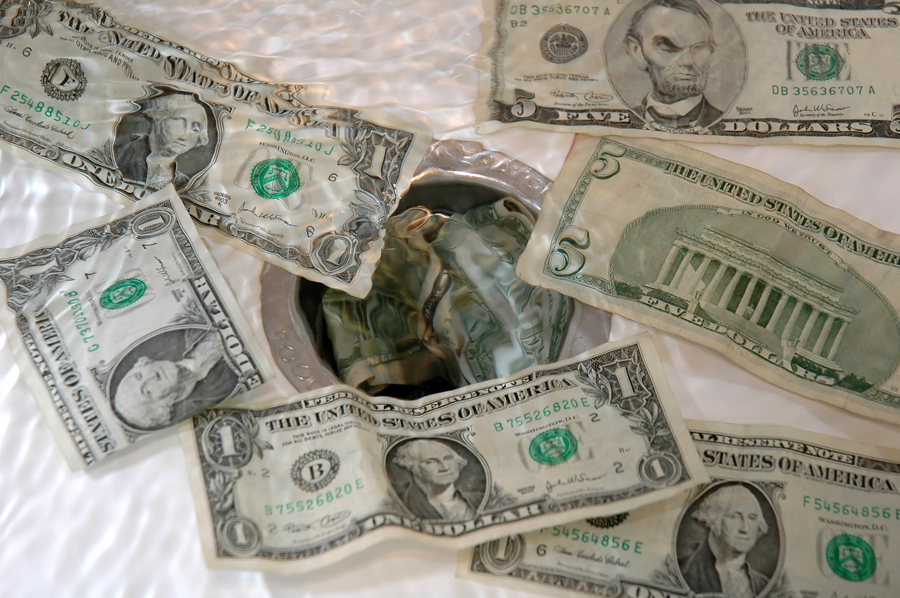Everyone has heard stories about major water leaks or other issues that require you to turn off your home's main water supply, but do you actually know how to do it? If you don't, it's important that you add this vital skill to your toolkit of options available when you have a plumbing emergency. Here's a quick look at how you need to find your home's water shutoff valve and how to operate it.
It's pretty common to expect that when you're working in the water utility industry, you're going to get some water and revenue loss due to leaky transmission mains and meter problems. But what if downsizing your water utility's meters across the network could ensure you'd regain a lot of those lost profits by more accurately recording water usage? In this post, we'll talk about several real-world examples where downsizing a meter helped the water utility to greatly reduce unrecorded water usage and increase profits by a significant margin.
When you're installing a new water meter, take particular care to ensure the job is done correctly from the start. Careless mistakes made during the installation can damage the new water meter and supply line connections, as well as potentially cause significant property damage if leaking and left unattended. How do you get through the process properly without having to worry about potential issues that may arise? Here are some general guidelines to follow with most water meter installations.
When you deal with water distribution lines on a regular basis, you know two things for certain: sometimes they leak and meters aren't always correct. How can you get around these two issues and stop losing revenue for your operation? One solution is large meter testing, which helps you determine where the problems are in your system and prevents low flow losses from industrial or institutional clients. Here's more information on the process:











